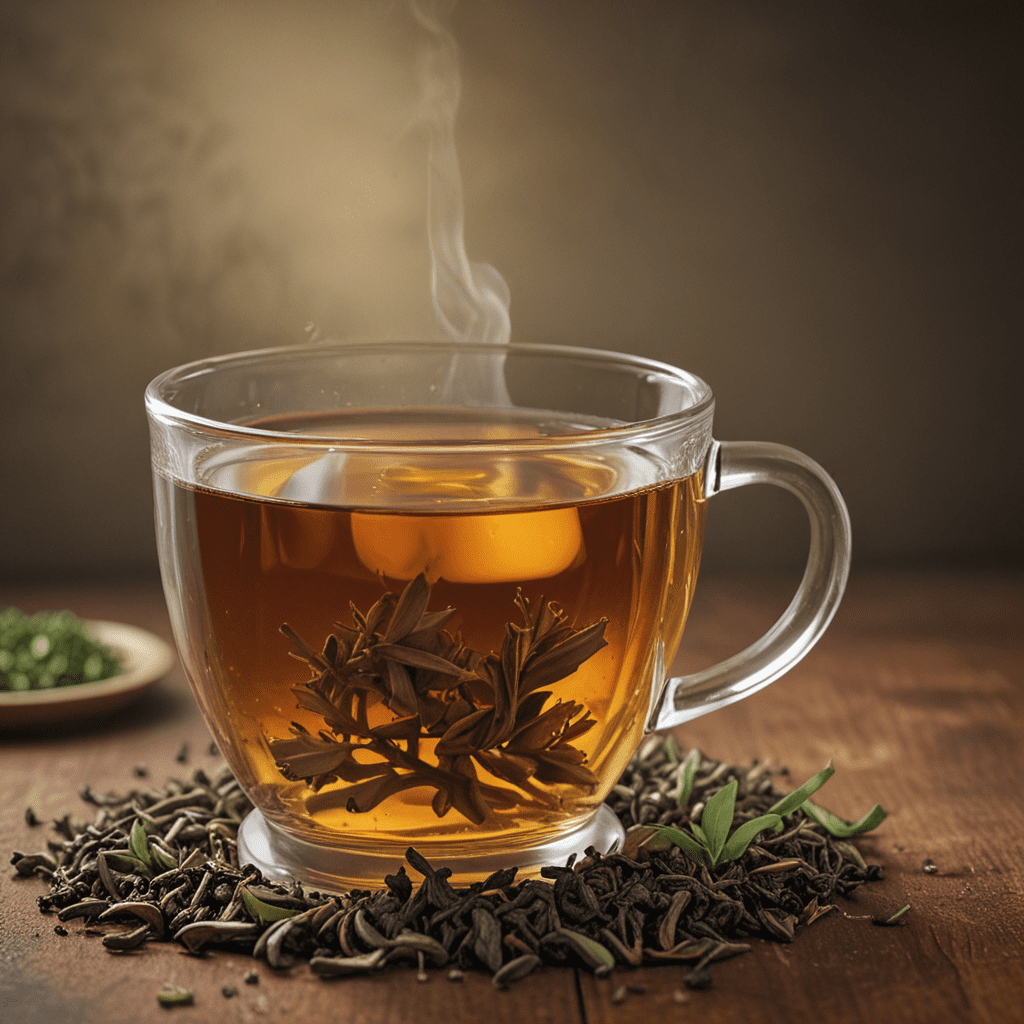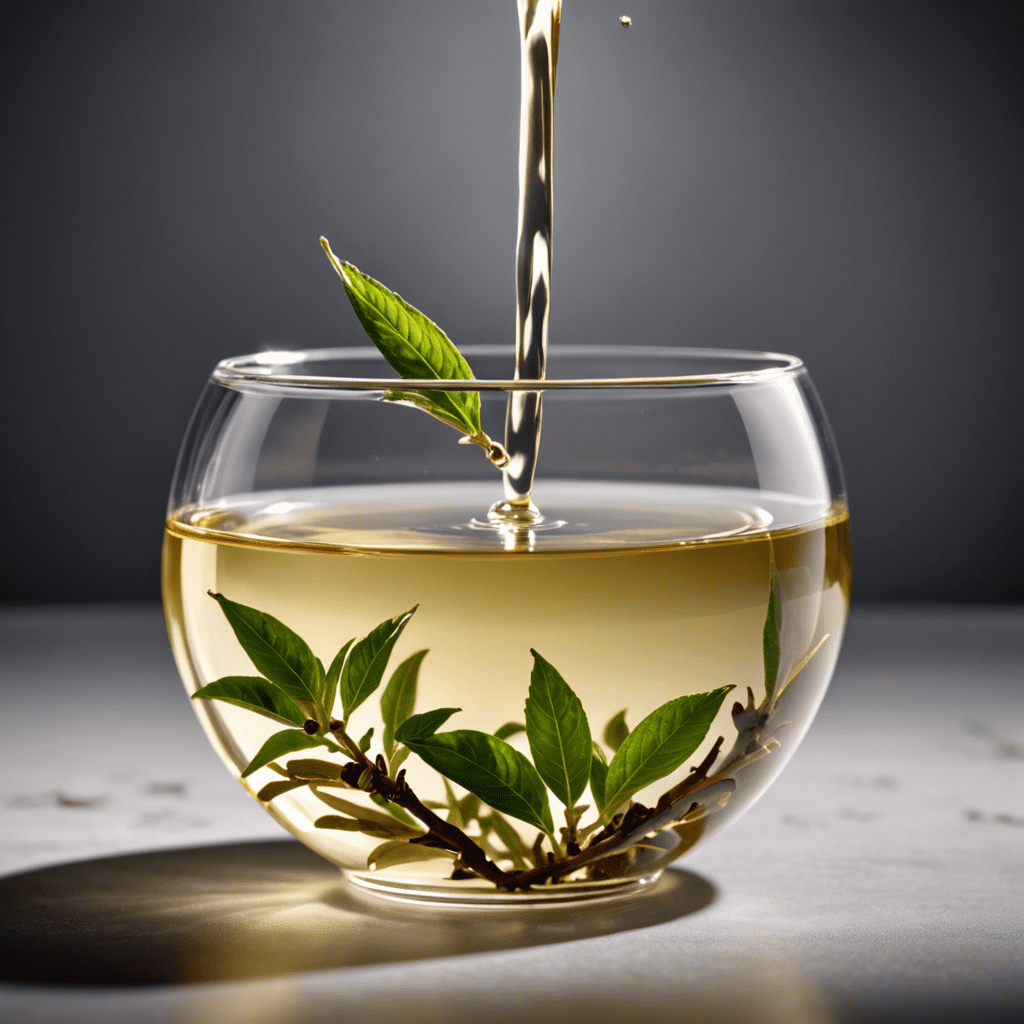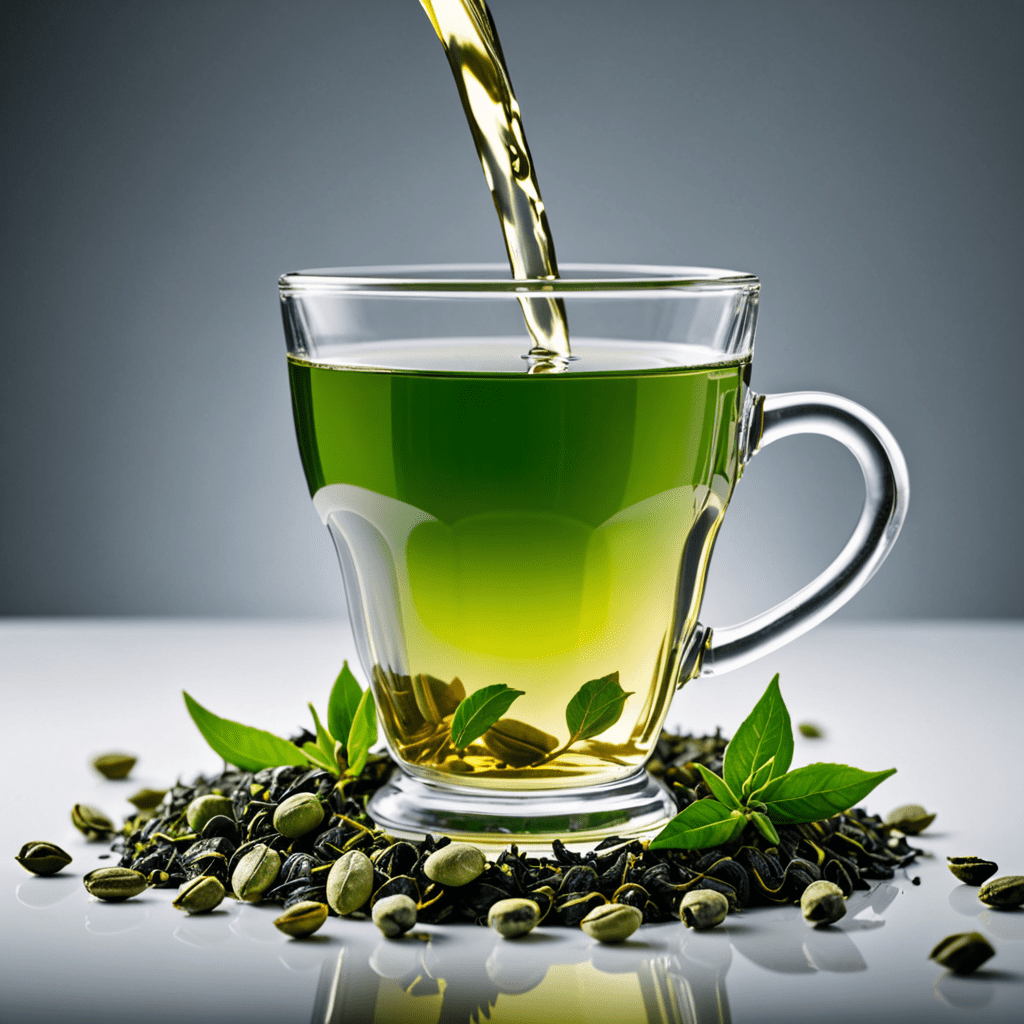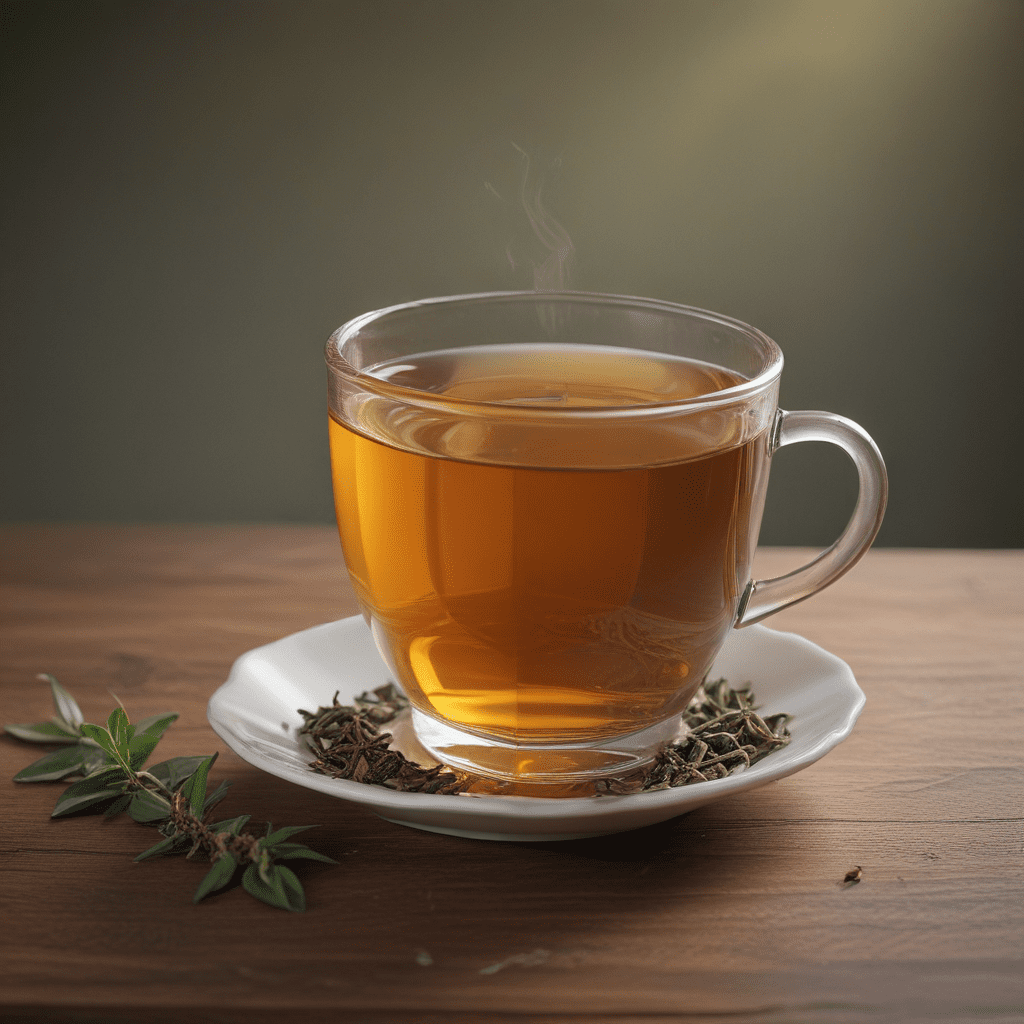
Darjeeling Tea: A Tea Lover's Paradise
I. History and Origin
Nestled amidst the majestic Himalayas, the scenic region of Darjeeling, India, is renowned for producing one of the world's most exquisite teas: Darjeeling Tea. Its history dates back to the mid-19th century when British planters introduced tea plants to the region, finding the climate and soil conditions ideal for cultivation.
From humble beginnings, Darjeeling Tea soon gained recognition for its distinctive characteristics, becoming a favorite among tea enthusiasts worldwide. Today, it is cultivated in over 87 tea estates, each contributing to the unique flavors and aromas that define this exceptional tea.
II. The Unique Climate and Geography
Darjeeling's exceptional tea is largely attributed to its unique climate and geography. Located at an altitude of 6,000 to 8,000 feet above sea level, the region experiences abundant rainfall, well-drained soil, and a temperature range that fluctuates between hot and cold throughout the year.
The cool, misty mornings and warm afternoons provide the ideal growing conditions for tea plants. The alternation between sunlight and shade stimulates the production of antioxidants and aromatic compounds, resulting in the distinctive flavors and health benefits associated with Darjeeling Tea.
III. The Different Cultivars
Darjeeling Tea is primarily made from three main cultivars: China Hybrid, China Bush, and Assam Hybrid. Each cultivar contributes unique characteristics to the final tea.
China Hybrid, a cross between Chinese and Assamese varieties, is known for its delicate, floral notes and amber color. China Bush, a pure Chinese variety, produces a light, refreshing tea with a subtle sweetness. Assam Hybrid, a blend of Assam and Chinese varieties, offers a rich, malty flavor with a darker color.
The combination of these cultivars, along with the skilled blending and processing techniques used in Darjeeling, creates a complex and multifaceted tea experience.
IV. Plucking and Processing
Darjeeling Tea is harvested during two primary seasons: the first flush, which occurs from March to May, and the second flush, which takes place from June to September. The first flush yields a more delicate tea with a lighter color, while the second flush produces a bolder, fuller-bodied tea.
The tea leaves are plucked by skilled workers who carefully select the two top leaves and a bud from each stem, ensuring that only the finest quality leaves are used. These leaves are then processed using traditional methods that have been passed down through generations.
V. Taste and Aroma
Darjeeling Tea is renowned for its distinctive taste and aroma. The first flush produces a delicate, floral tea with a light, astringent finish, while the second flush yields a more robust, malty tea with a hint of spice.
The unique flavor profile of Darjeeling Tea is attributed to the combination of its terroir, cultivars, and processing techniques. The high altitude, well-drained soil, and temperature fluctuations contribute to the tea's complex flavor and aromatic compounds.
VI. Health Benefits
Beyond its exquisite taste, Darjeeling Tea is also recognized for its potential health benefits. It is a rich source of antioxidants, which can help protect against oxidative stress and reduce the risk of chronic diseases.
Additionally, Darjeeling Tea contains polyphenols and catechins, compounds that have been linked to improved cardiovascular health, reduced inflammation, and enhanced cognitive function.
VII. Popular Darjeeling Tea Estates
Darjeeling is home to over 87 tea estates, each producing tea with its own unique characteristics. Some of the most popular estates include:
- Makaibari Tea Estate
- Darjeeling Tea Estate
- Glenburn Tea Estate
- Jungpana Tea Estate
- Margaret's Hope Tea Estate
These estates are known for their commitment to sustainable tea practices and their production of high-quality Darjeeling Tea.
VIII. Darjeeling Tea Festival
The Darjeeling Tea Festival is an annual event held in November to celebrate the region's iconic tea. The festival features tea tastings, workshops, cultural performances, and the opportunity to visit tea estates and meet tea producers.
IX. Sustainable Tea Practices
Darjeeling tea estates are committed to sustainable tea practices that preserve the region's natural environment and ensure the future of tea production. Many estates use organic farming methods, reduce water consumption, and promote biodiversity.
X. Experiencing Darjeeling Tea in the Himalayas
The best way to experience Darjeeling Tea is to visit the region during tea season and immerse yourself in the tea culture. You can visit tea estates, learn about the tea-making process, and savor the flavors of freshly brewed Darjeeling Tea amidst the stunning Himalayan landscape.
Frequently Asked Questions
- What makes Darjeeling Tea special? Darjeeling Tea is renowned for its distinctive taste and aroma, attributed to its unique terroir, cultivars, and processing techniques.
- How is Darjeeling Tea harvested? Darjeeling Tea is hand-plucked by skilled workers, who select the two top leaves and a bud from each stem.
- What are the different grades of Darjeeling Tea? Darjeeling Tea is graded according to its quality, with the highest grade being SFTGFOP (Super Fine Tippy Golden Flowery Orange Pekoe).
- How should Darjeeling Tea be brewed? Darjeeling Tea should be brewed with freshly boiled water at a temperature of 195-205°F (90-96°C) for 3-5 minutes.
- What are the health benefits of Darjeeling Tea? Darjeeling Tea is a rich source of antioxidants and polyphenols, which have been linked to improved cardiovascular health, reduced inflammation, and enhanced cognitive function.


